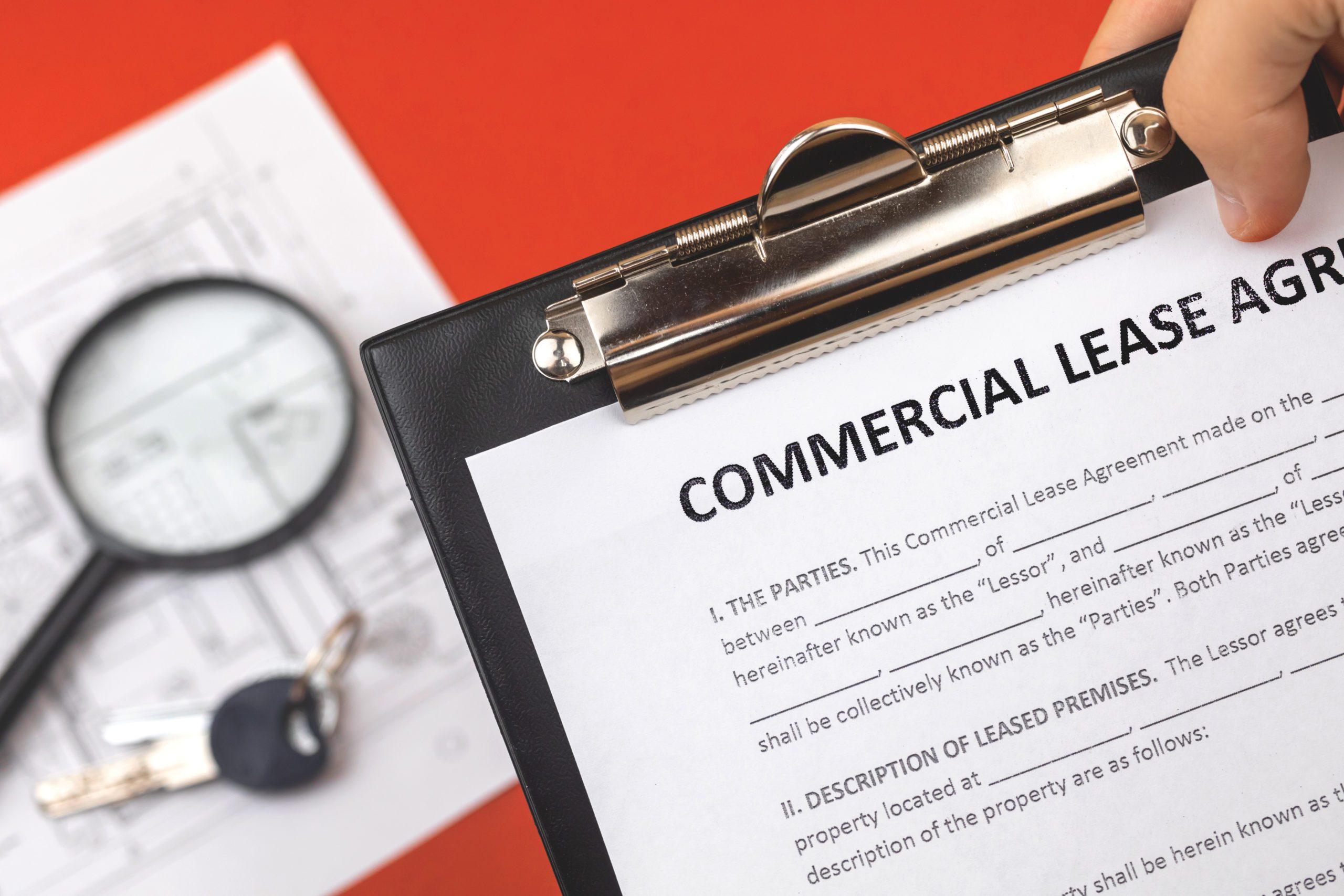Lease accounting has changed significantly in the last year. Not only did the pandemic alter the way we live and work and therefore our business real estate requirements, but we also saw the introduction of ASC 842—a new, updated set of standards for private company leaseholders from the Financial Accounting Standards Board.
The main difference between ASC 842 and past standards is increased transparency. The standards now require that all leasing obligations appear on balance sheets in the form of Right of Use Assets and Lease Liabilities. This change aims to give investors a more accurate sense of companies’ lease portfolios.
For the purposes of ASC 842 and lease accounting, a contract may either be a lease or contain a lease, and the terms of use of the asset must be declared. Under this revised definition, an extra $2 trillion of lease liability will now be present on S&P 500 balance sheets—which is why it’s so critical to understand this lease accounting standards update.
What Do Business Leaders Need to Know?
Because ASC 842 went into effect for private companies on December 15, 2021, filling knowledge gaps in your organization should be a top priority. You need a dedicated strike team if you’re going to update your business’ lease accounting processes successfully in accordance with ASC 842.
For a start, you’ll need to carefully review the terms of the accounting standards update to learn how to identify leases and classify the contracts correctly. You’ll then need to monitor all your leases for renewal and termination dates, which are now more subjective. For this to be practical, it will be important to develop a sustainable monitoring process under ASC 842 that also accounts for changes in assumptions and amendments in leases.
Furthermore, you’ll also have to be able to gather more documentation as a record of these smaller, shorter-term leases. Your leases that were embedded in other contracts now need to be found and labeled correctly with critical dates, lease terms, lease payments and more. This also means you’ll have much more data to track that wasn’t accounted for in the old model.
Last but certainly not least, you will need to understand the costs and risks of failing to comply with ASC 842. If your company doesn’t identify all the contracts that count as leases, you could face financial consequences under ASC 842 lease accountingstandards—more so than with previous standards.
How Can Businesses Revamp Lease Accounting Processes?
To stay abreast of these changes and ensure your company remains compliant with ASC 842, you should rethink your lease accounting process. Start with these strategies:
1. Develop a working understanding of ASC 842. Without at least a base understanding of the new standards, you will be working in the dark. You don’t have to be an expert right away, of course, but be sure to spend time studying the changes that ASC 842 brings. Don’t forget to educate your team on the changes, too. Because leases touch many departments in an organization, you’ll need to ensure you have the right people in the room when making decisions about revising your lease accounting process.
2. Create a single source of truth. All too often, different departments within an organization are working from different dates or critical details for the same lease. It’s vital that your entire organization can leverage the same information and data. Connect your team members so their communication around lease accounting under ASC 842 can go forward unhindered and everyone can get on the same page.
3. Get perspective from a consultant. If you don’t have the technical expertise or capacity in your team to make the changes necessary for ASC 842, don’t be afraid to engage a consultant. They can help set up your new lease accounting process. However, consultants can be costly, so you don’t want to keep one around forever. Make sure you use your consulting time to set your team up for future success.
4. Take advantage of new technology. If you use a consultant to help with the transition to ASC 842, you can dramatically reduce the consulting cost with data-driven tools that can spot the inefficiencies you can’t see. Lease accounting software, for example, can save time, money and headaches around this and any future accounting standards updates in the long run.
The ASC 842 standards don’t need to loom over your business like a dark cloud. They might be overwhelming, but if you can dedicate adequate time and resources to understanding them and reorganizing how you identify and monitor leases, you’ll soon feel like a lease accounting specialist.








